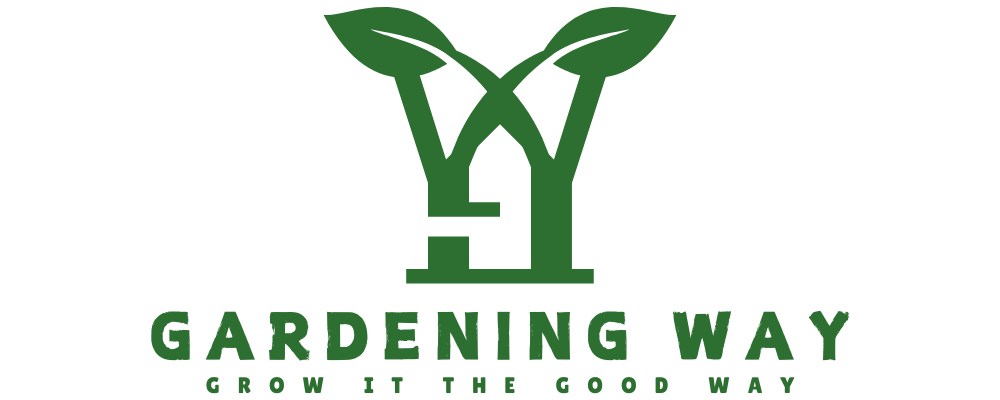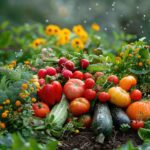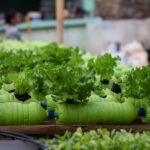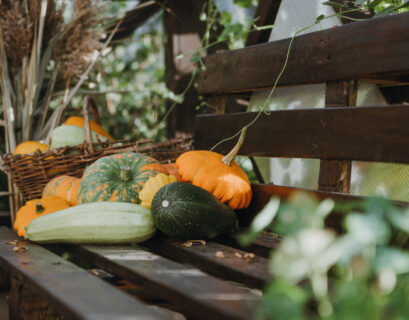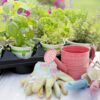Imagine picking fresh tomatoes or basil in winter, without any soil. Welcome to starting hydroponics, a new way to grow food that doesn’t stop for seasons. This guide is for beginners, showing how to grow plants in small spaces like an apartment.
Why buy veggies from the store when you can grow your own fresh ones at home? Learn the secrets of indoor gardening and enjoy the benefits of 20% faster plant growth than traditional gardens. Hydroponics offers space-saving benefits, water efficiency, no weeding, and produce all year.
Start with Deep Water Culture (DWC) systems for a simple entry into gardening.
Before you begin, let’s talk about what your plants need. You’ll learn about the importance of 6 hours of sunlight or artificial grow lights and how to make the best nutrient solutions with Reverse Osmosis (RO) water. We’ll help you create a thriving indoor garden, making your gardening journey rewarding.
Get ready to turn your home into a lush garden. Your plants will grow faster, produce more, and give you fresh veggies all year. Keep reading to start your hydroponic garden and see why floating gardens might be the future of farming.
What is Hydroponic Gardening and Why Choose It?
Hydroponic gardening is a key part of soilless gardening. It changes how we grow plants by using a nutrient-rich water solution instead of soil. This method is perfect for today’s farming needs. Let’s explore why hydroponic gardening could change your gardening for the better.
Hydroponic gardening tips show how efficient it is. Plants grow up to 50% faster because they get nutrients directly and have the best growing conditions. It also saves a lot of water, using up to 90% less than traditional gardens. This makes it a green choice for our planet.
Hydroponics has fewer pests and diseases, cutting down on the need for harmful chemicals. This is great for those who want to garden organically. Plus, it doesn’t need big fields to produce a lot of food, making it perfect for city gardens.
Starting with hydroponics can be expensive and takes some learning to manage the nutrients and the system. But, with the right preparation and guidance, these challenges are easy to overcome. This leads to a rewarding harvest.
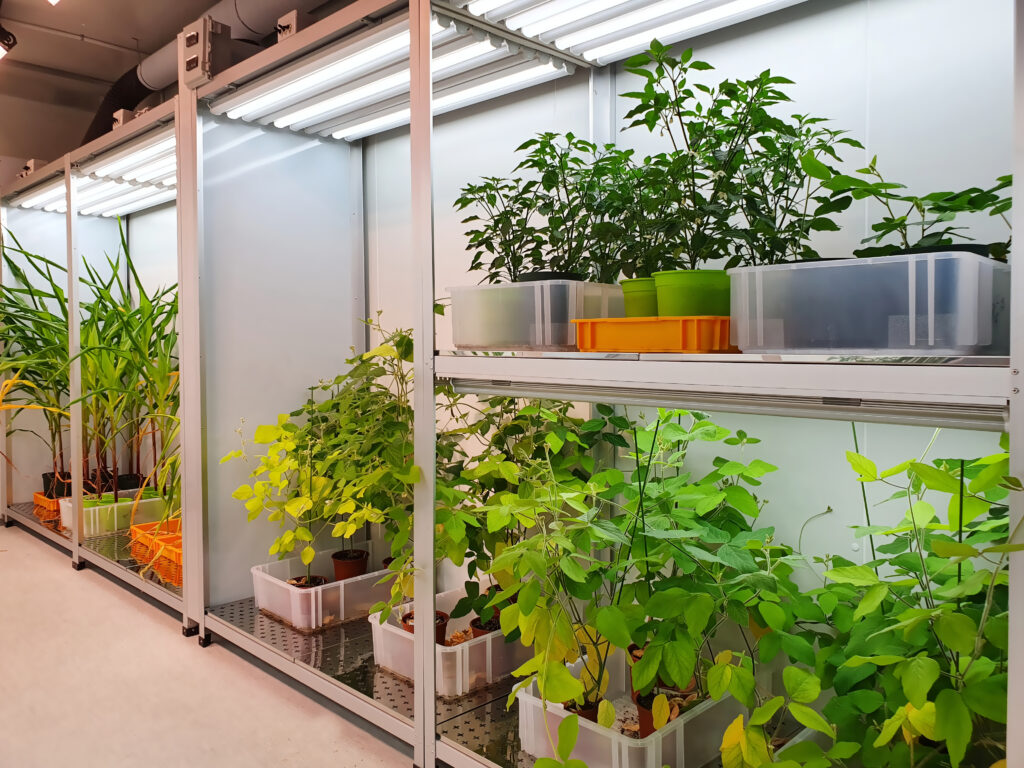
Agriculture uses 67% of the world’s freshwater and a lot of land, causing greenhouse gases. Using hydroponics helps save water and land. It also aims to increase food production by 60% by 2050 for a growing world population.
Choosing hydroponic gardening offers many benefits, from efficiency to helping the environment. With dedicated learning and application of hydroponic basics, you can easily make the switch. Overcoming the first challenges leads to a fulfilling journey in a cutting-edge and sustainable gardening method.
Setting Up Your First Hydroponic System
Starting your hydroponic gardening journey is exciting. It’s perfect for those living in small spaces who want to grow plants. Hydroponic gardening for beginners is easy and lets you enjoy fresh, organic produce all year.
First, pick the right hydroponic system for you. Beginners can choose from the Wick, Water Culture, and Ebb and Flow systems. Each system is great for different plants and spaces. For example, the Wick system is easy but not for big plants. The Water Culture is great for leaf lettuce, and the Ebb and Flow works with many plants.
- A reservoir to hold the nutrient solution
- Net pots or growing containers to hold the plants
- Appropriate growing medium, such as hydroton-expanded clay pebbles
- An air pump and air stone to oxygenate the water (critical for preventing root diseases)
- A reliable pH testing kit to ensure optimal nutrient absorption
- Nutrient solutions formulated for hydroponic use
- Grow lights, particularly full-spectrum LEDs, which are ideal for plant growth indoors
After picking your system and getting your materials, follow a guide to set it up. The right setup is key for your plants to get the nutrients and light they need.
Hydroponics is great because it uses less water and can produce a lot of food. It does need some learning and regular care. The costs might be high at first, but the benefits of fresh produce and gardening joy are huge. Learning how to start hydroponics well can make your plants grow well and give you a sense of pride.
Following these steps will help beginners set up their hydroponic gardens well. With the right care, your indoor garden will do great.
Choosing the Right Hydroponic System for Your Space
Starting with soilless gardening means picking the right hydroponic system. You need to think about the space you have, your budget, and the plants you want to grow. For beginners, starting with simple and affordable systems is best. The Deep Water Culture (DWC) system is great for growing leafy greens like lettuce. It’s easy to use and keeps the water stable for the plants.
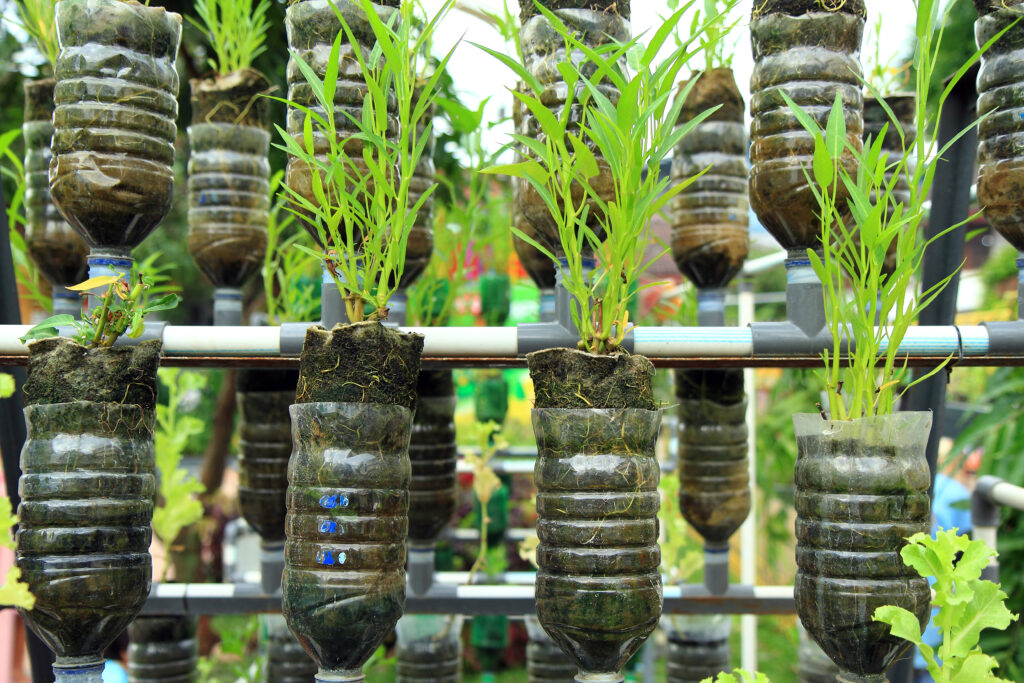
If you have limited space, the Nutrient Film Technique (NFT) or Flex Farm could work well. Both are designed for small spaces but can produce a lot of food. The NFT system uses a constant flow of nutrient-rich water. It’s efficient and low maintenance. Flex Farm combines NFT and Drip systems, allowing you to grow a lot of produce in a small area.
The Kratky Method is perfect for beginners who like to garden with less effort. It’s cheap and easy to maintain, needing no electricity or special equipment. Adding LED grow lights can help any system by giving plants the light they need. This can boost growth and increase your harvest without costing a lot.
When choosing a hydroponic system, think about how you manage nutrients and water. Aeroponics and Drip Hydroponics give you detailed control over these, which is key for healthy plants and high yields. But, they might be more complex and expensive to start with.
In the end, knowing about the different hydroponic systems and what they need helps you pick the right one. Whether it’s a big system like Flex Farm or a simple DIY like the Kratky Method, the key to successful soilless gardening is finding a system that fits your goals and lifestyle.
Hydroponic Gardening Nutrients and Water Quality
When you start with hydroponic gardening for beginners, getting the water and nutrients right is key. You need to know about essential nutrients, water pH, and how to check your system. Here are some easy tips to help you begin.
Hydroponics doesn’t use soil, so plants get their nutrients from a liquid solution. This solution has important nutrients like nitrogen, phosphorus, and potassium. It also has smaller nutrients like iron and manganese that plants need to stay healthy. The water’s pH level should be between 5.5 and 6.5 for plants to absorb nutrients well.
Using simple one-part nutrient solutions can ease the learning curve and minimize errors for new hydroponic gardeners.
Keeping your nutrient solution in top shape is crucial. You should change the nutrients every one to two weeks to avoid harmful salts that can hurt plant growth. Checking your system with testing kits regularly helps keep the pH and nutrients right, preventing problems before they start.
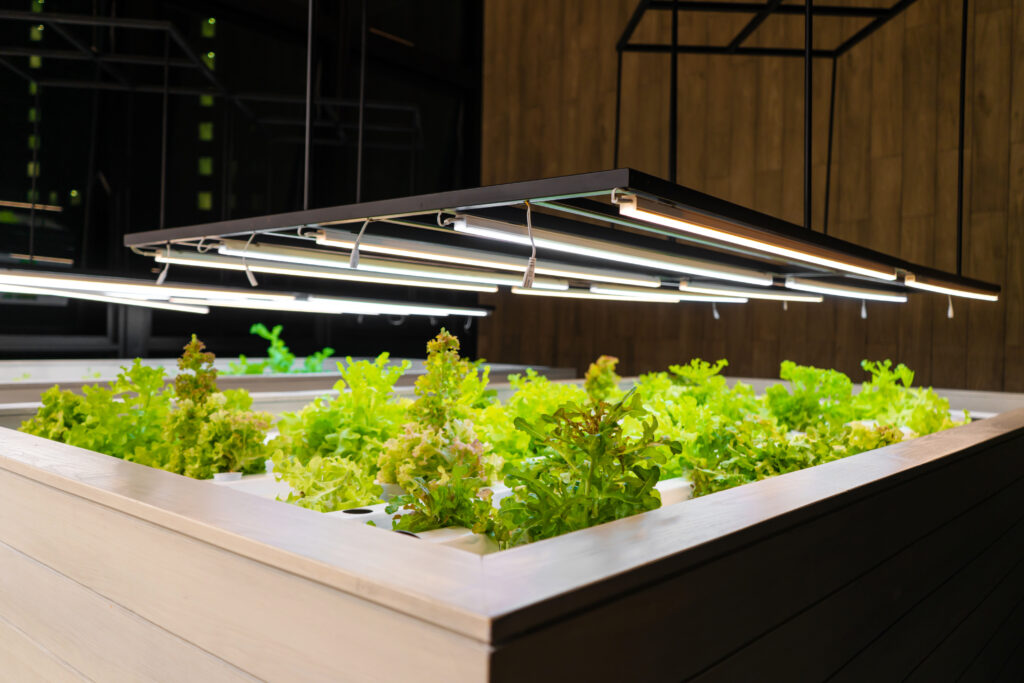
Good air flow is very important in hydroponics. It helps plants take in nutrients and fight off diseases. DWC (Deep Water Culture) is a good choice for beginners. It uses an air pump to make sure the water is full of oxygen. With the right LED grow lights, plants grow faster and produce more.
For beginners, starting with easy plants like lettuce and herbs is a good idea. You can also try growing strawberries and tomatoes. Soilless gardening makes growing easier and can give you healthier plants.
Following these easy tips can help beginners manage their hydroponic systems well. This leads to successful and rewarding gardening. The key is having the right balance of nutrients and clean water for your plants.
Hydroponic Gardening for Beginners: Managing Your Indoor Garden
Starting hydroponics requires understanding that your indoor garden’s success depends on careful management. Begin by adjusting your environment to help plants thrive. Use full-spectrum LED grow lights to mimic sunlight, making plants grow up to three times faster than those in soil.
This approach also saves up to 90% more water, making your hydroponic garden sustainable. It’s all about creating the right conditions for your plants.
Keeping the right balance of temperature and humidity is crucial. Use food-safe plastics to keep your water reservoir clean and safe for plants and people. Hydroponic systems like ZipGrow need regular water cycles to prevent algae. Keep the pH level between 6.2 and 6.8 for best nutrient absorption.
If you’re growing fruiting plants like tomatoes or peppers, they need more light. Adjust your grow lights accordingly. Being attentive to your plants can help avoid common problems.
Learn about hydroponic gardening tips and watch your plants closely. Regularly check for nutrient deficiencies and refill your system as needed. Make sure any electrical work is done safely with the right certification.
Schools find hydroponics valuable in STEM education, boosting learning and interest. For tips on gardening through the seasons, check outseasonal gardening guides. Regular harvesting keeps your garden productive and shows the benefits of controlled environment agriculture.
